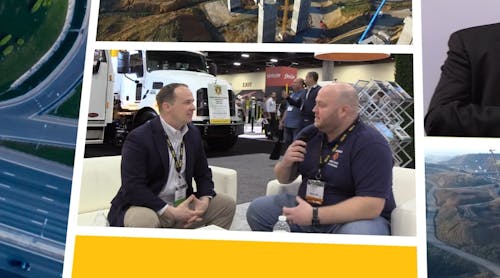El Paso lies in far west Texas and, according to the 2010 census, is the sixth most populous city in the state of Texas. El Paso stands on the Rio Grande across the border from Ciudad Juárez, Chihuahua, Mexico. The two cities form a combined international metropolitan area, which includes a combined population of 2 million.
With so many people in the El Paso area, road repair is a great concern. On I-10, approximately 7 to 8 miles of freeway needed potholes repaired. The repair was needed because the potholes were getting deeper, and to avoid a total tear out and reconstruction of the highway, the decision was made to repair each hole. Rapid Set Concrete Mix was chosen for its high early strength, so repairs could be made overnight and traffic could be allowed on the roadways within a short period of time. The concrete mix is well known for its versatility and high performance. It gains structural strength in one hour, has superior durability and has virtually no shrinkage.
Allen Concrete was brought in to demo and complete the pothole repairs during the hours of 9 p.m. to 5 a.m. This presented the biggest challenge—having repairs complete and the lanes open for traffic by 6 a.m. each morning. While making the repairs in the 70°F to 80°F temperatures, one of the techniques employed to help with quick cure was the use of curing blankets. The repairs ranged from 2 to 4 ft wide and long and approximately 6 in. deep. The potholes were cut back to create a clean edge all around, 6 in. deep. Allen Concrete completed three to four repairs each night using six to eight pallets each night of concrete mix. The mixing technique involved a concrete mixer, and by the end, approximately 18,000 total bags were used. After placement, the concrete was finished using a trowel/broom finish.
All repairs were made from June to August 2012, and the lanes were successfully open for traffic each morning.











